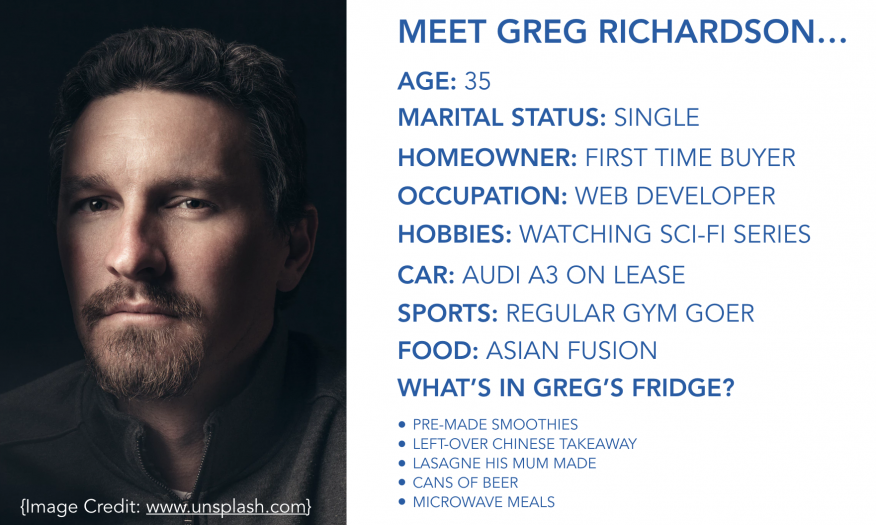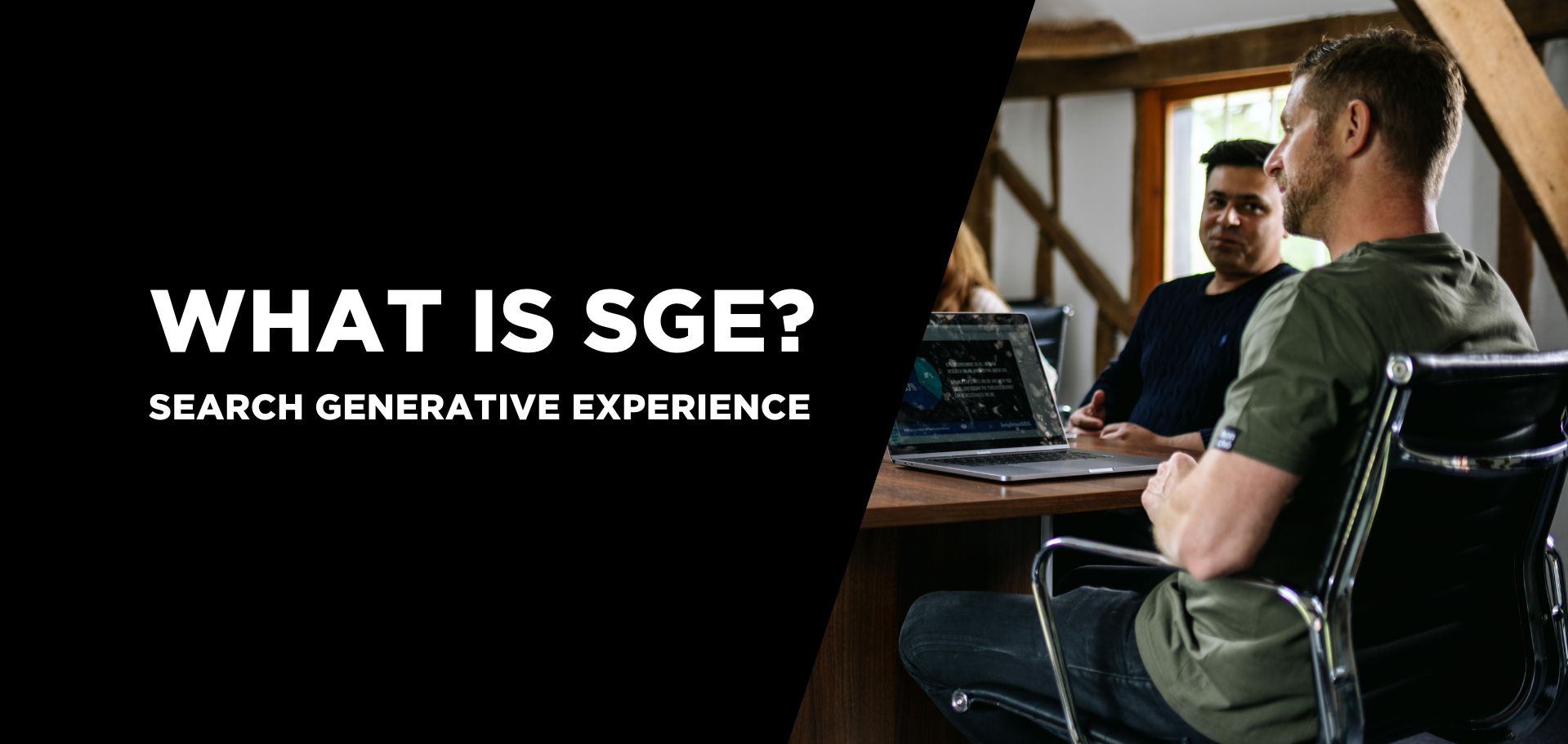2 min read
What is Google Search Generative Experience? (SGE)
What is Google SGE? Think of Google SGE as your helpful buddy on the search results page. Instead of making you click on different websites, it pulls...
6 min read
.jpg) Honcho
:
Sep 5, 2018 6:05:26 AM
Honcho
:
Sep 5, 2018 6:05:26 AM
Have you ever wondered where you’re going wrong when it comes to communicating effectively with your target audience? Mellisa explains how to overcome the challenge of customer communications and why it’s vital for the success of your business.
Whether you’re in the retail sector or the marketing industry, we all know that the key to success lies within how we communicate with our target audiences. Despite its significance, it is still a skill that many businesses are yet to adapt. So why does customer communications continue to prove to be such a colossal challenge?
The way in which some companies communicate with their customer base – although you wouldn’t have thought it – is still very old-school. There’s nothing wrong with old-school per se, but it’s not going to get you noticed above the rest.
![]()
Customer communications is not an easy task to master. And yet, a single company’s entire success is built on how you communicate with your target demographic. Even more so in the retail sector. So why are we failing so badly?
We, in the digital marketing industry, need to focus more closely on what our customers’ needs are and, more importantly, what they want. It is then, and only then, that we will begin to reap the rewards for our efforts.
Here are my five top tips for overcoming the challenge of customer communications.
I have a question for you – albeit a bizarre one. Do you know what your target demographic has in their fridge? When you are dealing with an audience you need to be able to identify insignificant factors in their lifestyle – like what is in their fridge – to be able to understand the significant ones.
Break your target audience down into personas. Whether you are left with one persona or five, you need to delve deeper into their lifestyles. Give them a name, a job, and even hobbies. Begin to understand how they go about their everyday lives until you can build a full profile.
Asking the right questions will, believe it or not, tell you what food is in their fridge. And, it turns out, you can tell a lot about a person by the contents of their fridge.

Research your customer base thoroughly before making any attempt to change your channel of communication. Knowing how your audience talks and what they respond to will give you an edge above the rest. Without having an insight into your audience’s behaviour, you will deny your content the opportunity to be seen.
Effective communication is all about producing content that resonates specifically with a group of individuals, yet it speaks directly to each and every one on a personal level.
As a business, you need to be able to speak to your customers on a level that they deem suitable, not what you think is appropriate. When it comes to customer communications, your customers are always right. So, give them what it is they want.
Your target audience dictates how you speak to them and the most successful companies use this to their advantage. Look at it this way:
Your customers speak one language and your company speaks another. The language you use is completely alien to your customers.
How can you possibly begin to communicate effectively if you are not speaking the same lingo? Simply put, you can’t.
Choose how you communicate wisely. Before you begin the production process, be sure to consider the following:
Depending on what your main objective is, you then need to decide on what direction your content should take. What do you want it to achieve?
Consider whether you want it to:

Now that you know the intent behind the content you’re producing, you should have a pretty good idea of how you can open a line of communication with your customers. Take note of how they respond to different variations of content, like emojis and videos. And if they respond positively, then use them.
But it’s not just the type of content you should be aware of. What about devices? Do they consume more content on mobile, desktop or tablet? There’s nothing worse than viewing content that hasn’t been optimised for certain devices. In fact, it’s a way of losing your line of communication fast.
How you decide to communicate with your audience is perhaps one of the most important factors to consider. After all, you need to go where the demand takes you. Always pay close attention to how your target audience consumes content.
The type of content that your customer base is more open to will often tell you the platform you should be using to communicate with. For example:
Target audiences will respond to various platforms differently. Millennials will often be drawn to Snapchat and Instagram because they are a visual platform and take on more of a conversational tone. Whereas, infographics may be more suitable for those who work in particular industries.
Of course, this all ties in very closely with the personas you have created. Knowing what your customers respond to is the key to creating an open line of communication. It is only then that your content stands any chance of success.
This may sound contradictory, but it’s an important factor to consider. What if you were to marry creative content with SEO optimisation and not the other way around? Approach the ideation process first and then converge your ideas with data-driven SEO optimisation.
Sounds stupid, right? Exactly! But it’s also rather smart. Integrating SEO optimisation with the ideation process limits results, because you might be targeting the demand, but are you delighting the reader? The likely answer is no, no you’re not.
Beginning with the topic ideation first actually makes sense. At the end of the day, you want your content to:
SEO is an opportunity to uncover the topics and questions that your customers are talking about in their own language. It also gives you an insight into how your competitors are competing to rank for these terms. Aside from that, SEO can only deliver so much by itself. So, start by developing your topic ideation.

Gather your ideas and flesh them out based on your set objectives. Whether you want to appear in Answer Boxes and Featured Snippets, or you want to increase your current ranking from position 14 to position 3, coming up with your ideas first gives you the freedom to take a creative approach that your competitors may have missed. Then you can integrate your ideas with your data-led strategy and optimise appropriately to meet the demand.
It may be an upside down, inside out approach to creating your content, but it’s a process that allows you to connect with your target demographic on a personal level. Suddenly your customer base becomes people you can relate too, rather than just numbers in Google Analytics. Developing a human connection with your customers goes a long way.
Which leads me on to my final point…
Now that your content is out there, don’t think that the job is done. Because it’s not. It is vital that you monitor how your target demographic responds to the content you have published. There’s nothing worse than hearing no noise – engagement is everything!
No engagement is bad news. It means that your content hasn’t been successful in effectively conveying what you originally set out to do. Somewhere along the way, the line of communication failed.
Go back over your content. What have you missed? If your customers just aren’t engaging with your content, then you need to establish what it is that they have not responded well too.
You will soon know whether your content has been a success. From an increase in user engagement to an increase in on-page time, measuring the impact your content has had on your target demographic will tell you exactly whether or not you have achieved what you originally set out to do – connect with and engage your audience.
If you should follow by any example, then ASOS is the one to beat. Not only do they know their target demographic inside and out, they stay true to their brand and treat everyone like an individual. Something that is very difficult to do, when you only produce one piece of content.
All of their content is authentic, and that is thanks to their tone of voice. Whether it’s email marketing, social channels or their lifestyle magazine, their tone glues their brand together, creating one consistent voice that resonates with over 12 million customers. They are a brand with an exceptional personality.
But they don’t stop there. Each piece of content ASOS produce is executed flawlessly. Unlike some brands, the focus isn’t on them, it is on their customers. ASOS is a success because, to them, their brand is an afterthought. It’s their customers that come first.
Now that content is king, customers are more reactive to the messages your brand sends out. But they have very little time for content that does not speak directly to the individual. So, how exactly do you overcome the challenge of customer communications? The answer – make your content smart.
Let me know your thoughts in the comments below, or tweet @Honcho_Search. Or feel free to connect with me on LinkedIn. Until next time folks…

2 min read
What is Google SGE? Think of Google SGE as your helpful buddy on the search results page. Instead of making you click on different websites, it pulls...

5 min read
Discover the power of high search volume keywords and how to effectively use them to boost your online presence and drive maximum impact.

2 min read
We're delighted to officially announce our partnership with Eflorist, one of the world’s leading flower delivery brands with over 54,000 local flower...
As more and more retail consumers shift to the online world, e-commerce is rapidly growing faster than ever before. As technology continues to...
The Coronavirus has changed the lives of people around the globe including their consumption and shopping behaviours. In the new age of social...
If a picture is the body then the product description is the soul. Imperative for changing potential customers into paying ones, the product...